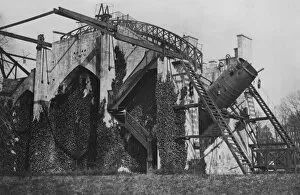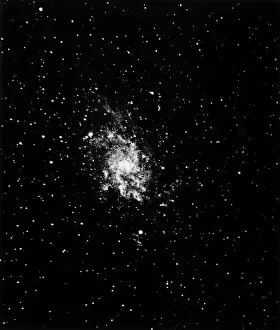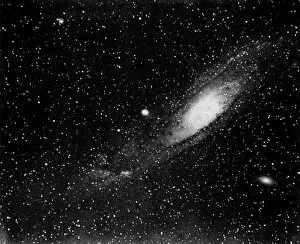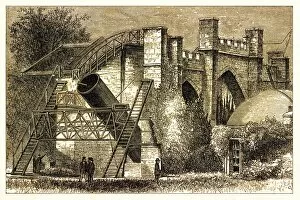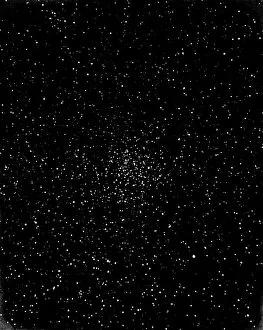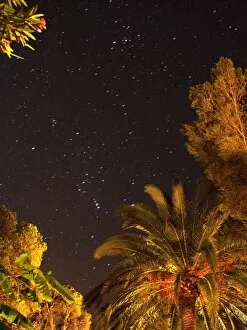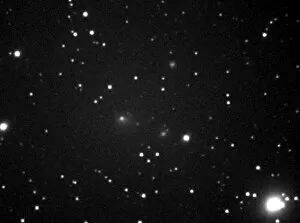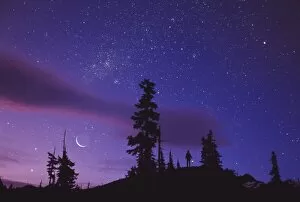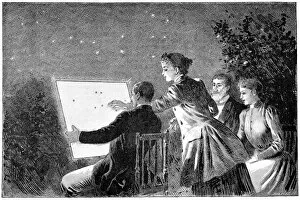Amateur Astronomy Collection
Amateur astronomy, a timeless pursuit that has captivated minds for centuries
All Professionally Made to Order for Quick Shipping
Amateur astronomy, a timeless pursuit that has captivated minds for centuries. In the 19th century, pioneers like Leviathan of Birr in Ireland embarked on a journey to unravel the mysteries of the cosmos. Armed with their telescopes and unwavering curiosity, they delved into the depths of space. Among their remarkable discoveries was the Triangulum Galaxy, its ethereal beauty shining through millions of light-years away. The Whirlpool Galaxy also caught their attention, its swirling arms captivating observers as it danced across the night sky. And who could forget the breathtaking Andromeda Galaxy? A celestial marvel that sparked wonder and awe among amateur astronomers. The Pleiades open star cluster became another favorite subject for these stargazers. Its sparkling stars formed an enchanting tapestry against the dark canvas above. As they turned their gaze towards distant nebulae, they were greeted by mesmerizing sights such as the Ring Nebula and Orion Nebula - cosmic clouds where new stars are born. One cannot overlook the Dumbbell Nebula either; its distinctive shape resembling a weightlifting apparatus suspended in space. Amidst this vast expanse, one particular star stood out - S Monocerotis - radiating brilliance like a beacon guiding explorers through uncharted territories. These dedicated individuals left an indelible mark on history with their observations and documentation of celestial wonders during this era. Their efforts paved the way for future generations to continue unraveling secrets hidden within our universe's fabric. As we look back at these 19th-century achievements in amateur astronomy, we can't help but be inspired by their passion and dedication to understanding what lies beyond our earthly realm. Today's amateurs carry forward this legacy using advanced technology while cherishing those early pioneers who dared to dream under starlit skies. So let us raise our telescopes high and embark on our own astronomical journeys – exploring galaxies far away or observing open star clusters like M46.

